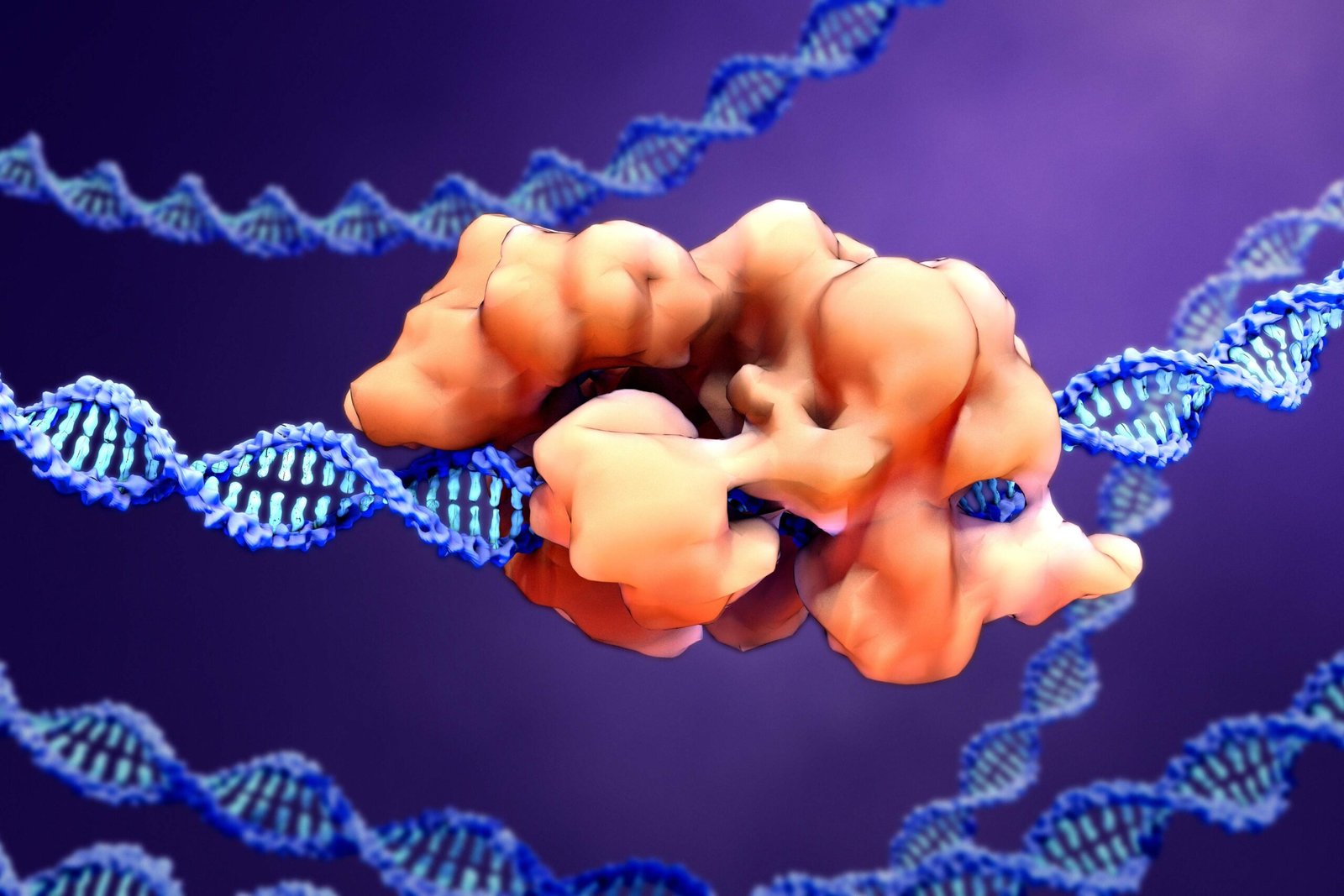The importance of vitamin D in preserving health has been well-recognized in recent decades. However, studies show that vitamin D deficiency is a global problem, and large population-based studies support the idea that low levels of 25 hydroxyvitamin D (OHD) are associated with several health problems (Adams & Hewison, 2010).
What is Vitamin–d Deficiency
Vitamin D insufficiency is often underdiagnosed or untreated among the worldwide population, even though vitamin D supplementation is safe and relatively affordable. Beginning at about six months of age, children with vitamin D deficiency show signs of skeletal abnormalities. While bending at the knees is the most noticeable sign, knock knees (genu valgum) may also occur.
Children who don’t get enough vitamin D could be irritable and resistant to weight growth (Pearce & Cheetham, 2010). Pain in the muscles and joints, fatigue, and even depression have all been linked to insufficient vitamin D levels in adults. Vitamin D deficiency may also contribute to low bone density.
There is a high correlation between the mother’s Vitamin-D levels during pregnancy and the infant’s levels later in life. Children of many different cultural backgrounds have identified insufficient vitamin D in their mothers as a major contributor to the persistence of rickets.
However, this is not only a problem for pregnant women of certain ethnicities in temperate climates. Pregnant women in several parts of the world, including Asia, Europe, the United States, and Australia, have been shown to have very low levels of vitamin D, according to the available data.
1. Vitamin–d Deficiency: Diseases
Bone fractures, heart disease, diabetes, certain forms of cancer, and infectious disorders like TB are only some of the ills that are linked to vitamin D deficiency (Prentice, 2008). (Lips, 2006). The 25-hydroxy Vitamin-D level is an important indicator of bone health and other chronic health concerns since it measures the amount of Vitamin D in the body.
The 25-hydroxyvitamin D (OHD) test is the gold standard for measuring vitamin D levels in the body. The “recommended” range of vitamin D (25-80 ng/mL) remains a topic of heated discussion. There is much disagreement on the sufficiency requirements and vitamin D deficiency (Kennel et al., 2010).
Vitamin D deficiency has been linked to a wide range of ailments. Muscular and skeletal illnesses may be avoided in part because of vitamin D’s importance in disease prevention. Additionally, studies have shown that they reduce cancer risk, notably for colon and lung cancer (Gorham et al., 2005) In 2005, Zhou et al.
Environmental and individual studies are finding a correlation between sun exposure and an increased risk of some malignancies. Cancers of the colon, rectal, breast, prostate, and lymphoma may be less common in a population with more exposure to solar radiation than in a population with greater secondary exposure to the sun.

In addition, data is suggesting a link between adequate blood levels of vitamin D and a lower risk of acquiring malignancies such as those of the digestive tract and, to a lesser extent, the prostate (Kricker & Armstrong, 2006).
Multiple studies have shown that Vitamin D aids in warding against autoimmune disorders including MS and Type I Diabetes. Some evidence suggests that vitamin D may reduce the risk of developing rheumatoid arthritis, Type 2 diabetes, high blood pressure, and coronary heart disease (Grant, 2006).
Vitamin D deficiency is expected to worsen as worldwide obesity rates rise, which will have compounded effects on bone health, immunity to infections, and metabolic health. Because of its frequency, ease of diagnosis, and quick, economical, and efficient treatment, vitamin-D insufficiency should be addressed in particular during screening and treatment of skeletal fluorosis, otherwise immunocompromised, and obese persons (Adams & Hewison, 2010).
Rickets is caused by a lack of vitamin D and manifests as a halt or failure in the endochondral ossification of limb bones. Children with bone defects are more vulnerable to this condition. Vitamin D deficiency has also been linked to osteomalacia or bone softening. Pain, hypocalcemia fits, muscle weakness, cardiac and respiratory issues, and other symptoms are all symptoms of these disorders.
Pregnant women need to make sure they get enough Vitamin D throughout their pregnancies. Vitamin D insufficiency during this period has been linked to impaired cognitive development and other negative outcomes. Preserving one’s sharpness of mind into old age is a task that requires enough vitamin D.
Vitamin D deficiency has also been identified as a significant contributor to the development of schizophrenia and major depressive disorder. Pregnant mothers who did not get enough sun during pregnancy tend to have vitamin D deficiency, which increases their babies’ risk of developing respiratory illnesses like asthma (Holick, 2006).
- vitamin D supplementation
2. Vitamin–D: Sources
The three main ways to get your daily dose of vitamin D are sun exposure (UVB), food, and pills. It may be ingested as a supplement or absorbed naturally when the skin is exposed to UVB solar rays. People who don’t get enough sun, have a limited diet, or have digestive issues are often found to have insufficient levels of vitamin D deficiency.
Diagnosis is straightforward because of the availability of straightforward blood tests that measure 25-hydroxyvitamin-D levels (Kennel et al., 2010). Latitude, season, and day of the week may all have an impact on vitamin D levels. The sun’s UV rays are absorbed more strongly the more obliquely they reach Earth’s atmosphere. The farther one is from the equator, the fewer months have sufficient sunlight.
For instance, in latitudes above around 40 degrees, cholecalciferol production benefits most from sunlight only between April and October. Therefore, at these latitudes, vitamin D status is often higher in late summer than in the dead of winter. People who cover themselves from head to toe, or who apply sunscreen, have little skin exposed to the sun.
The significance of limiting sun exposure is emphasized in current campaigns to prevent skin cancer, but the importance of getting enough sun to produce vitamin D in the skin is often overlooked. Covering up with thick layers of clothes is a major cause of vitamin D deficiency, especially in those who live in hot and tropical climates.
There aren’t many foods that are naturally high in Vitamin D and are safe for everyday consumption. Vitamin D may be increased by eating certain foods, such as fatty fish and egg yolk. Meat also contributes considerably to vitamin D consumption via its metabolites, and it contains vitamin D in measurable concentrations.

People who regularly take vitamin D supplements, such as fish liver oils or synthetic Vitamin D, may dramatically boost their vitamin D intake. Those at risk of Vitamin-D insufficiency in different nations are often urged to take supplements targeted for their individual demographics.
Also, those who identify as vegetarian or vegan may find foods that have been fortified with Vitamin D. There are several nations that fortify their margarine, fat spreads, milk, juices, and breakfast cereals with vitamin D. Certain foods, such as newborn formula milk, also include Vitamin-D for the benefit of its consumers. In certain nations, vitamin D is added to meals either as a legal requirement or as a choice.
BOTTOM LINE
Vitamin D deficiency has been linked to several illnesses and conditions, such as osteoporosis, diabetes, cardiovascular disease, cancer, and a number of infectious disorders, such as TB. The skeletal and non-skeletal systems both need adequate vitamin D levels for optimal health.
Vitamin D deficiency levels are now generally recognized as a major health problem affecting a sizable percentage of the population. Ultraviolet-B (UVB) radiation from the sun and cutaneous Vitamin-D synthesis are the primary means by which Vitamin D is obtained.
Factors such as latitude, cultural dress practices, season, sun avoidance, and sunscreen protection all have an impact on vitamin-D production. The most common cause of hypovitaminosis D is inadequate intake, while gastrointestinal, hepatic, and renal disease have all been linked to vitamin D insufficiency. Meat is a good source of vitamin D since it contains sufficient levels of vitamin D and its metabolites.
Common sources of vitamin D include oily fish and the yolk of eggs. More people have access to vitamin D supplements in the form of fish liver oils, which helps lessen the negative effects of vitamin D deficiency. Deficiencies in vitamin D have been linked to a number of ailments, many of which may be prevented with a change in diet, sometime in the sun, and any supplements your doctor prescribes.








